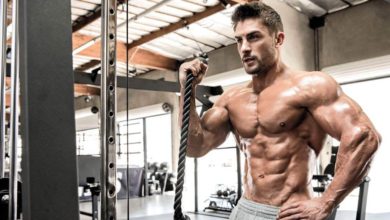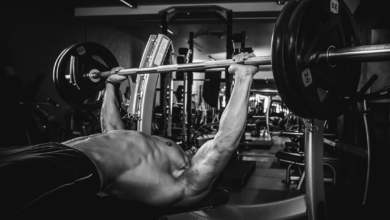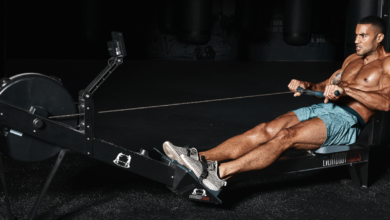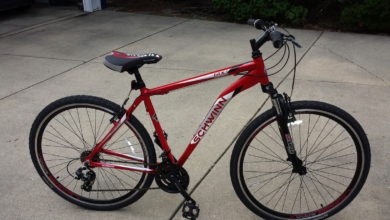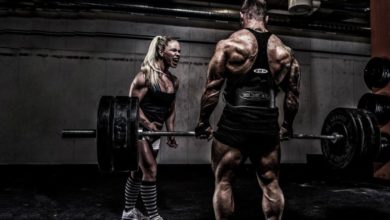Single Set Training; What Is It? What Are Its Perks? Should You Be Doing It?

You know it already. If you are to grow your muscles, you have to put them through the baptism of fire…and there’s only one way to pull off such a feat – a workout. And I mean, a serious one. The cool thing about training is that you have a full spectrum of options. Single set training is one such option.
But what exactly is single-set training? How does it differ from multiple-set training? And how can you make it work for you? These are the questions I set out to answer in this post, and then some.
For those seeking to spice up their workouts, single-set training is one way to go about it. Buckle up, let’s dive right in and get the guesswork out of the way to help you start knocking off single sets like a champ and reap the benefits.
What is Single Set Training?
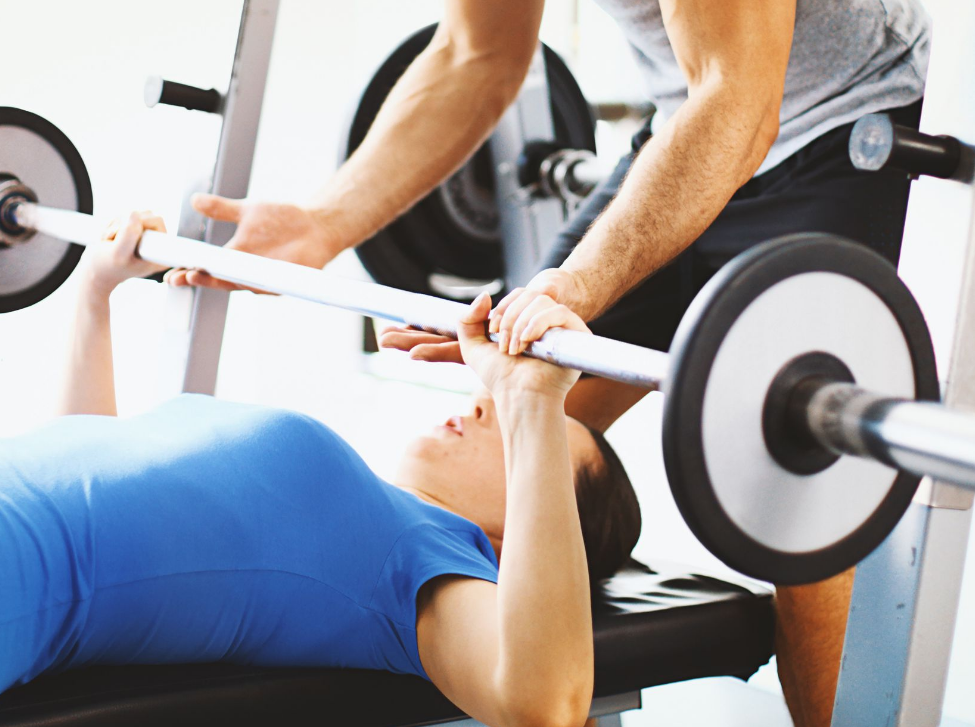
The name sort of gives it away, doesn't it? This is a type of training where athletes perform just a single set of reps for a given exercise. Is that all? Of course not, there’s a whole lot more to defining single-set training concepts, I just can’t go over every single detail right now. But I’ll take a deeper dive and break it down some more.
Let’s say, you often hit 10 repetitions straight for a given workout, say a chest press or bench press, then hit the deck and grind out a dozen push-ups (or any other number of push-ups you are able to do) straight. Those are two sets for the session, but a single set for each exercise.
If you do a given number of reps, and then take a breather, and proceed, then that will be a multiple set – I will go into detail about the difference between single and multiple set training in a jiffy.
The bottom line here is that the number of reps in your set will vary depending on your current level, the body part(s) you decide to target - say the biceps or triceps, and the amount of weight you choose to use.
For instance, advanced lifters may go with heavy weights and hit more reps per set, while a beginner might be able to achieve only a few reps with lighter weights.
Yet, both instances are still a single set each.
Single Set Vs Multiple Sets
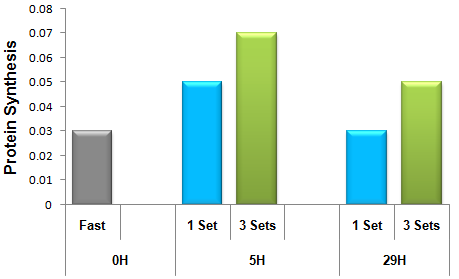
There is a long-drawn-out debate over which is better, single set or multiple sets. But before you take sides, let’s first take a look at what each one entails. I already explained single-set training above, so let us get right into multiple sets.
Thing is, multiple sets are just an extension of the single set. In that, while with a single set you only stop at a given number of reps, with multiple sets, you take a brief rest and then do another set of the same number of reps, for the same workout. It’s that simple really.
Here, let me put things into perspective, say you do a set of sumo squat or goblet squat, and then move on to do a set of the bulgarian split squat, the Arnold press or the military press. That will be single set for each particular workout, but doing more than one set for any of these will mean multiple set training.
Some experts on one side think that as long as you are pushing your muscles to their limit, you are bound to see growth. Some, on the other hand, believe more sets mean better (greater) gains. (1)
So, single set or multiple sets, which is better?
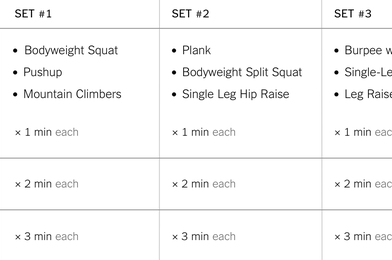
According to research, advanced lifters might still see results even with single-set training, actually, more so than with multiple sets. In a 2020 study examining the effects of a single set training routine, it was observed as follows.
The participants performed single sets of 6 to 12 reps at high intensity, with a weight around 70% to 85% that of the participants for two to three sessions each week within a span of between 8 and 12 weeks.
Results showed that with single-set training, people who do resistance training can increase strength for both squats and bench presses ever so slightly.
Another study review from back in 2015 showed that athletes can build strength better with around two or three sets. (2) This goes to indicate that multiple sets are more suited for those training to increase strength.
However, that doesn’t settle the contention surrounding these two, especially because single-set training folks are still seeing positive results with it, however trivial.
Single Set Advantages

As I have just mentioned, there are several benefits that you can reap from single-set training.
Although multiple-set training works better for more advanced fitness buffs, single sets still do the trick for beginners. So if you’re just starting, this is an excellent option for budding folks like you as it helps one advance moderately without risking overuse injuries.
It's also excellent for beating boredom. Seriously, doing a set of 20 pull-ups a day, or even 50 pull ups each day can become quite monotonous. But throwing in a bit of a mix like combining sets of chest and leg workout will keep your gym sessions less boring. You could even workout 6 days a week and never have to hate hitting the gym.
Another cool thing about doing a single set is the flexibility. You can easily change things up if older workouts stop delivering the desired response from your body. When I could no longer seem to grow my glutes with resistance bands, I turned the heat up a notch and went for sets of goblet squats and front squats...the change was phenomenal! Similarly, I stopped cable crunches when it became less effective on my abs. As a result, I started looking for other exercises and roman chair sit ups were highly effective.
Not to mention, doing only one set can leave you with some gas in the tank for other workouts such as quick cardio after the session.
I already mentioned that single-set training is time efficient. That is a big plus right there especially if work and life seem to always get in the way and you end up with very limited time for the gym. Since you only need to hit one set, you can quickly knock it off and not have to mess up your busy schedule.
Single Set Downsides

Doing only one set comes with a ton of benefits. But this mode of training has several downsides, too.
As shown by studies, multiple-set training takes the cake any day as far as building on strength. If your fitness level is a bit advanced, then a single set might not cut it for you.
Even for beginners, single-set training will most likely offer short-term results. So you might have to keep twisting and tweaking things around or advancing to multiple sets sooner than later.
Making the Most of Your Single-Set Training
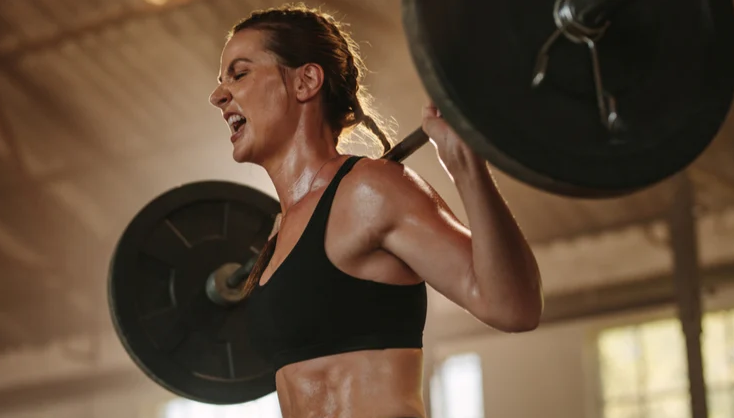
It might sound like there’s little benefit to be gained from doing single sets. But there are a few ways in which I have managed to make the most of each rep.
- A good warm-up – Get those muscles fired up nicely before going in so you can hit every single rep to the max. Even a brief 1 minute on a cardio machine like an incline treadmill, a budget rowing machine, or a space-efficient exercise bike can make all the difference.
- Throw in some weights – If you are doing bodyweight workouts like squats, then adding a bit of weight should surely give you better results. And if you are going for bench press, for instance, you can rack up on the weight once you get the proper form mastered. Shock your muscles, push them to fatigue and trigger the desired results.
- Focus bruh, focus –This is all about learning the ropes in terms of form and rep execution and keeping at it. That mind-muscle connection not only helps you avoid slumping, jerking, or bouncing (and potential injury), but it also does help you make the most out of that one set.
- Take it easy – Momentum can be your worst enemy when working for max gains, as it hinders your ability to engage your muscle fibers to the max. Make slow, controlled moves for both the concentric and eccentric phases of the move.
- Recovery time counts – It’s often easy to focus on the move, weight selection, and everything else, and forget just how crucial recovery time is for growth. Remember, muscles grow during recovery time - working out 7 days a week can be an overkill, or kill your progress altogether. Have a schedule that checks every box right from prep to rest.
Single Set Training FAQ

For those who still got lingering questions about single-set training. Here are several more answers to those questions.
Q. How many sets is too much?
A. There’s no definite number of sets that is right or wrong, especially since we all have different fitness levels and physical capabilities. You may be able to do a whole bunch of reverse curls, hammer curls or regular curls sets in a row. But then again, even too much of a good thing can be bad. The best you should shoot for is just enough sets to challenge your muscles doing 1 set to failure every day, but with moderation to avoid overuse injury.
Q. Are 1 set workouts effective?
A. Of course! Especially if you’re a beginner, then there is a treasure trove of benefits to be gained from doing single sets. These can also make for a great option for those who had stopped working out for 6 months, or even a year, and are looking to ease their way back to intense training. Do note though, that if you are an advanced gym rat on top form, then you might not realize any significant difference from single-set training.
Q. Can you build muscle doing only one set?
A. You sure can. As long as you are making the right weight choice (of course, considering how much the bar weighs too), and have mastered proper form (training safely and sticking by the rules per se) one set hypertrophy shouldn’t be impossible. However, do not forget that you are more likely to see results faster as a newbie and much slower (or trivial ones) if your fitness level is quite advanced.
Q. Can 1 set to failure every day increase strength?
A. Yes, you can build strength by doing single-set training every day. Some also ask whether doing 1 set per exercise full body workout is good for strength and muscle gains, Well, the good news is, this is very practical. This single-set training reddit thread goes pretty deep on this and has a lot of great discussion about single-set training going on there, too.
Is Single Set Training for You?

I’ll leave that to you to decide – depending on your fitness level or the kind of results you’re after. After all, there are those of us in this to build strength, and those that want to create an incredible muscle growth story for themselves.
But if you’re out here to quench your curiosity or looking to spice up your workout session, then try out single-set training.
Should you choose to go ahead and try it out, here are a few tidbits for you to keep in mind before, during, and after single-set training for the best results;
- Pick the right exercise depending on the muscle group you’re targeting,
- Figure out the perfect number of reps to hit,
- Figure out what rep tempo awakens the beast in you,
- Go to your full range of motion with each rep
- Tweak things around to turn up the heat and maximize gains
- Take enough rest to allow your muscle enough recovery and growth
Related Reading;
T Bar Row vs. Cable Row – Comparison, Muscles Worked, Benefits, Differences
- Elliptical Weight Limits for the Most Popular Models
- Seated Calf Raise Exercise Guide – How to, Muscles Worked, Variations, Alternative Exercises
- Best Small Adjustable Weight Benches for Apartments – Top Bang For Buck Compact Options
- 11 Best Home Gyms for Bodybuilding – With & Without Weights – Reviewed
- Best Place to Buy Dumbbells & Weight Sets
Resources;
- https://www.t-nation.com/training/the-one-set-challenge/
- https://breakingmuscle.com/save-time-and-get-stronger-with-single-set-training/
- https://www.t-nation.com/training/the-one-set-challenge/
- https://www.verywellfit.com/one-set-training-1229823#:
- https://www.ncbi.nlm.nih.gov/pubmed/30153194
Ben Mayz
Hi there! I'm Ben, main author and chief editor at Fitlifefanatics.com. I have been obsessed with Strength Training and Fitness for 18 years now.
My passion for living a happy fit lifestyle is what made me realize that fitness is what I wanted for my future.
I went on to earn my Masters in Sports Training & Biomechanics.
My passion for Strength training & fitness and my love of helping others is what made me start Fitlifefanatics.
Here, myself, and a team of specialist aim to provide the most accurate, and actionable information possible in hopes to help foster the fitness community forward.
You can learn more about Fitlifefanatics on our About Page

